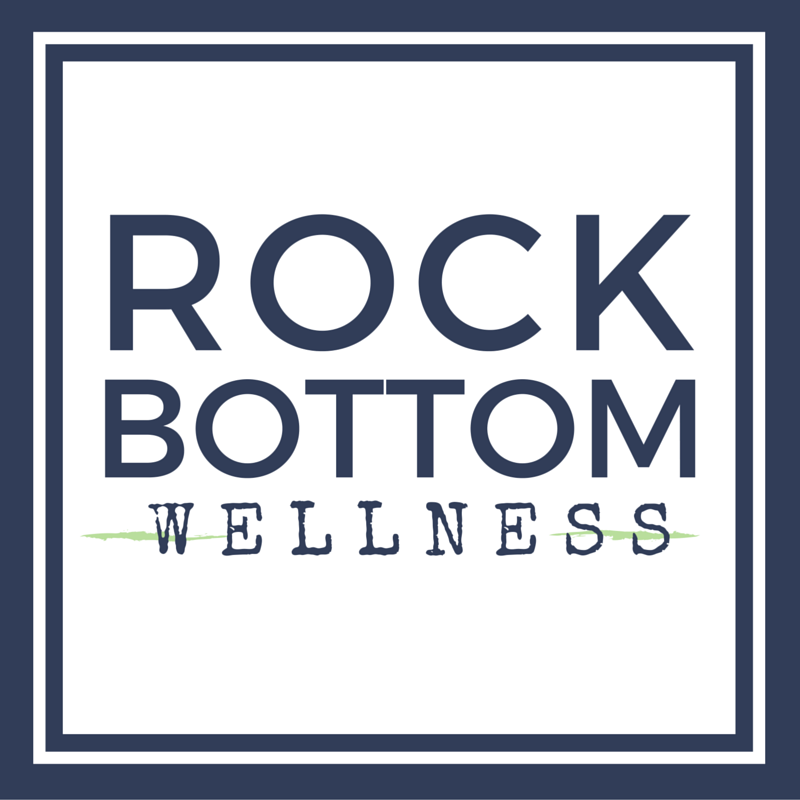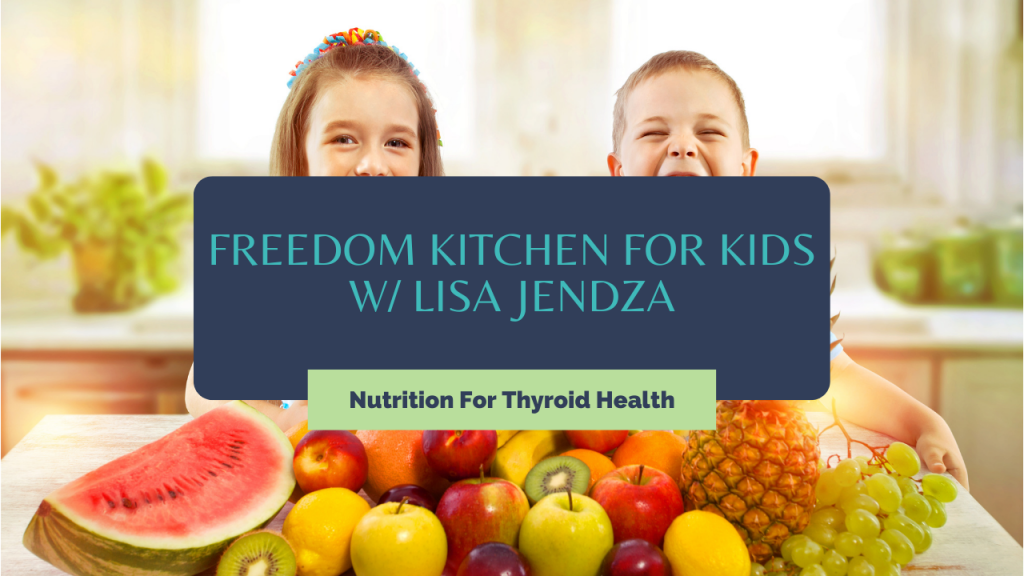Back when I was a teacher, there was so much I wanted to share with my students about health and nutrition. However, there simply was not enough room in my science curriculum to be able to squeeze in all the lessons I wanted to impart.
Between state standards and the limited amount of time kids actually spend in science or health class, it’s no surprise that we’re not teaching children what they need to know about nutrition. By the time they get to be adults, they may already be dealing with ailments and trying to reverse the effects of their eating habits.
What if we teach children about healthy eating from the start instead of waiting until an illness or disease develops? That’s the thinking behind Lisa Jendza’s Freedom Kitchen Kids program, which offers family-friendly cooking classes. Through the program, kids learn not only how to cook, but also how to take care of themselves and make healthy choices.
As my guest on a recent podcast, Lisa filled me in on the program and how it’s teaching children the joy of creating in the kitchen and the importance of self-care. “When it comes to our kids, we’re having a lot of conversations now about reversing ailments,” says Lisa, “but yet we’re not talking to the kids about preventing them.”
Freedom Kitchen Kids is the program we all needed growing up—and one that can have a real impact on kids’ health as they mature. Instead of teaching about dieting or eliminating foods, it’s about finding healthy swaps and learning the difference between real and processed foods.
Going Beyond the Food Pyramid
If you’re looking for readily available information on healthy eating to share with kids, you might think it’s a safe bet to rely on the Food Pyramid or the more recent MyPlate initiative. However, says Lisa, these dietary guidelines fall short of addressing our nutritional needs.
For example, MyPlate doesn’t account for healthy fats—and, in general, MyPlate doesn’t account for potentially inflammatory ingredients like gluten and lactose that may be problematic for some people.
“So it is up to parents and people like you to educate our kids so that they know that we need to start with real foods,” says Lisa. That means helping your children find real-food alternatives to the brightly colored boxes of processed foods they see at eye level in the grocery store.
The Solution? Get Cooking
So how do you teach your kids about healthy eating? Cook with your kids.
Lisa’s cooking classes offer a fun way to educate children on the health benefits of real foods. Show them that these foods can be delicious, too, and you’ll instill in them a love of eating for their health—so that when they grow up and leave the nest, they’ll carry the lessons with them for life.
Metabolically speaking, you’re doing your kids a great service when you teach them to eat healthily—not only now, but later on down the road. Instead of having to undo years of bad eating habits in middle age, they’ll be set up for success from the start. You’re also passing along generational health to our future leaders, teachers, police officers, and other members of society.
“The beautiful thing to me is that the kids become empowered and they become personally responsible,” says Lisa. “And they’re proud of that. They take pride. They’re not looking then for someone to cook for them or take care of them. They actually want to cook for their family.”
Be sure to check out Lisa’s website at freedomkitchenkids.com to learn more about her virtual classroom and other resources for parents and educators.

